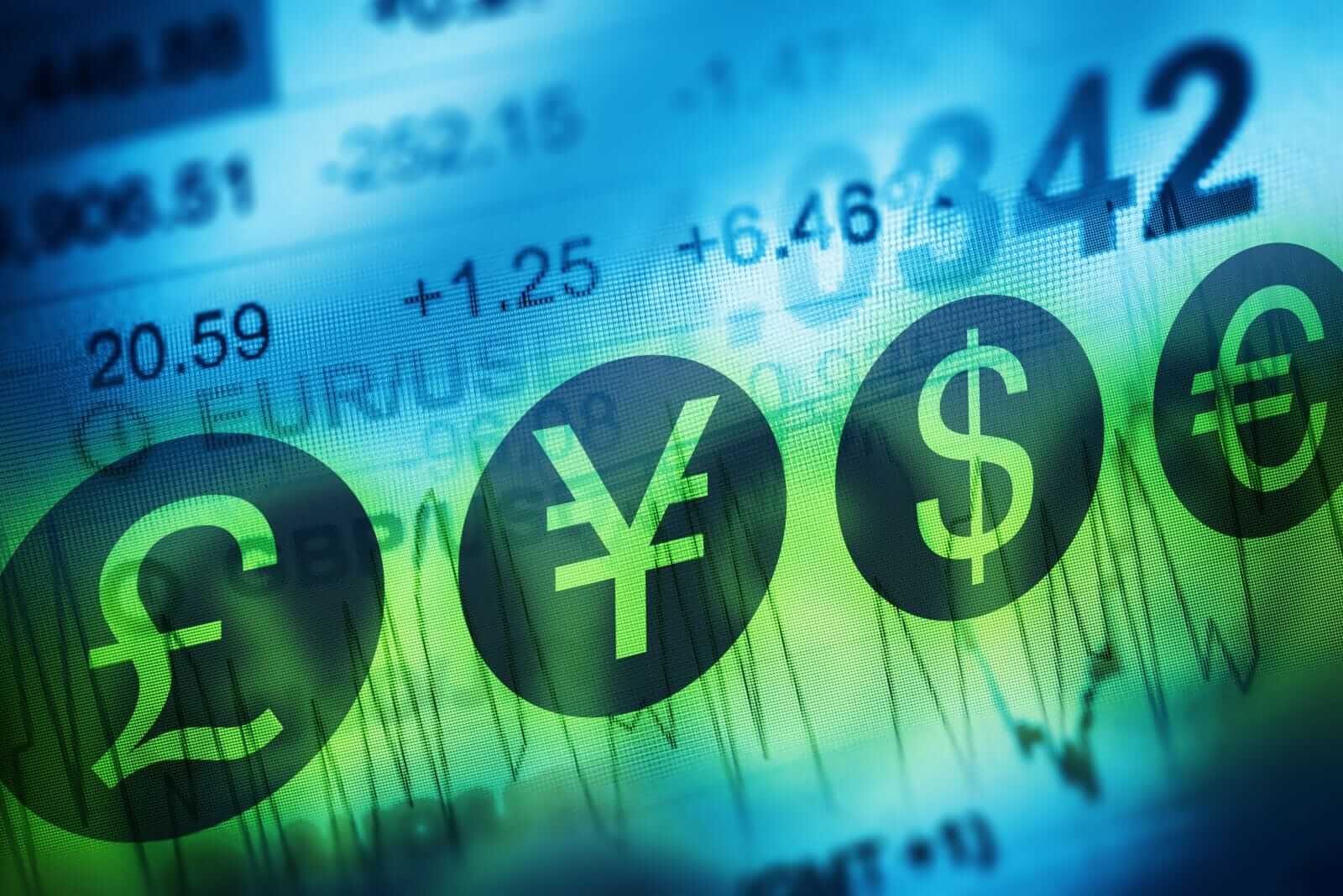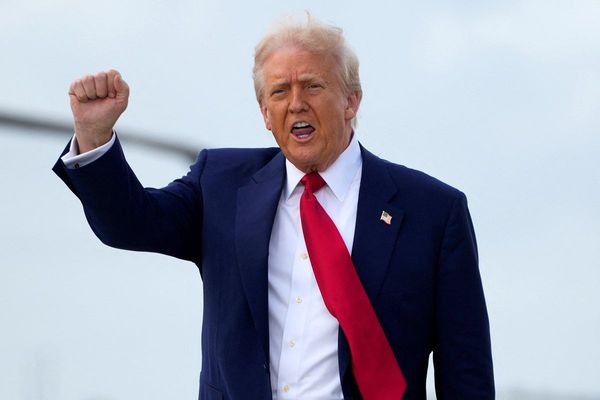
- The Brazilian real continues to come under pressure, moving within sight of its historic low while Brazil's Selic rate remains near mid-range.
- The US dollar index is holding near its mid-range while one side of the US political aisle continues to call for Fed fund rate cuts.
- In the end, it may not make much difference in the world of global markets as long as the US-China trade war remains in place.
I’m on record stating my idea the strength and/or weakness of global currencies is not the underlying factor in world trade that many still believe it to be. While world trade has always been a political game, with occasional timeouts for supply disruptions (weather, wars, etc.), we see it even more these days, particularly in the United States, as the ramifications of childish trade wars and tariffs are still being felt. Again, though, this isn’t anything new. When was the last time we heard of US wheat being sold to Egypt?[i] Or India for that matter? As the importer/exporters in New York or New Jersey would say, “Fuggeddaboudit”.
Recently, there has been a growing din over the weakening Brazilian real (BRLUSD), with one piece asking the old limbo question, “How low can it go?” A look at the real’s long-term monthly chart gives us some technical targets (I’ll talk fundamentals in a moment), created by a pattern resembling stairsteps. The initial line of support was 0.18131 (Brazilian real/US dollar), the low from July 2022. This level was taken out during June as the real dropped to a low of 0.17871 and closing the month near that mark (0.17876). The first couple days of July have seen more of the same as the real makes its way to the next line of support at 0.17370, the low from December 2021. After that the monthly chart shows us 0.17008 (March 2021) and 0.16756 (May 2020). It should be noted the latter is the historic low for the real.
Fundamentally, is there a reason for the real to be within 5.3% of its historic low? The US Federal Open Market Committee uses the Fed Fund rate to set monetary policy. The equivalent in Brazil is that country’s Central Bank and its key Selic rate. Keep in mind the general rule of interest rates and currencies is that as rates go up, currencies strengthen. On the other hand, as rates go down the currency tends to weaken. A look at the long-term chart for the Selic shows the rate bottomed out at 2% in mid-March 2021 before topping out (so far) at 13.75% in early August 2022. From there the rate stayed flat through early August 2023 before dropping to 10.5% in June 2024.
While the long-term patterns of the Selic rate and real are similar, what stands out to me is how much further the currency has fallen in relation to the underlying interest rate. For the record, the end of June 2024 rate of 10.5% was in line with what was seen in early February 2022 when the real was priced at 0.18846 and May 2017 with the real near 0.30984. In other words, the real has continued to weaken in relation its underlying interest rate over time.
Why? Given Brazil is part of BRICS[ii], there is a strong possibility other countries in this alliance don’t mind seeing a weak Brazilian currency. Think about some of the key exports coming out of Brazil and the world’s largest buyer of most commodities. If we single out soybeans, as I’ve talked about in the past, we see Brazil’s exports have skyrocketed almost hand in hand with China’s growing demand, leaving the US far behind. This was again a ripple effect of the trade war that began back in January 2018, raising an important question: Would it make a difference if the US dollar was weak and the Brazilian real strong?
I don’t think so, but there have been market forces at play making it a moot argument. While the US dollar index ($DXY) has firmed, early July finds it near mid-range of its high of 114.78 (September 2022) to its low of 99.58 (July 2023). Still, one side of the US political aisle continues to yap about inflation and interest rates being too high[iii], endlessly calling for the FOMC to cut rates to weaken the dollar[iv].
A weaker US dollar is not going to increase export demand for US supplies, soybeans or other commodities. The solution would have to come on the political field where one side is using “The Art of War” as a playbook and the other a worn-out copy of “The Art of the Deal”. If it sounds like a case of chess versus checkers, well…
What’s the bottom line? I’ll say it again, I don’t think the strength and/or weakness of currencies are THE deciding factor in global markets. Politics have trumped Forex. And this isn’t likely to change in the foreseeable future.
[i] For the record, Egypt has 35,000 mt of US HRS wheat on the books for 2024-2025, after importing 92,400 mt of US HRS during the 2023-2024 marketing year and 180,500 mt during 2022-2023.
[ii] What is defined as “an intergovernmental organization comprising Brazil, Russia, India, China, South Africa” and others.
[iii] Think about that for a moment.
[iv] And pour gasoline on the inflation fire, again.
On the date of publication, Darin Newsom did not have (either directly or indirectly) positions in any of the securities mentioned in this article. All information and data in this article is solely for informational purposes. For more information please view the Barchart Disclosure Policy here.






